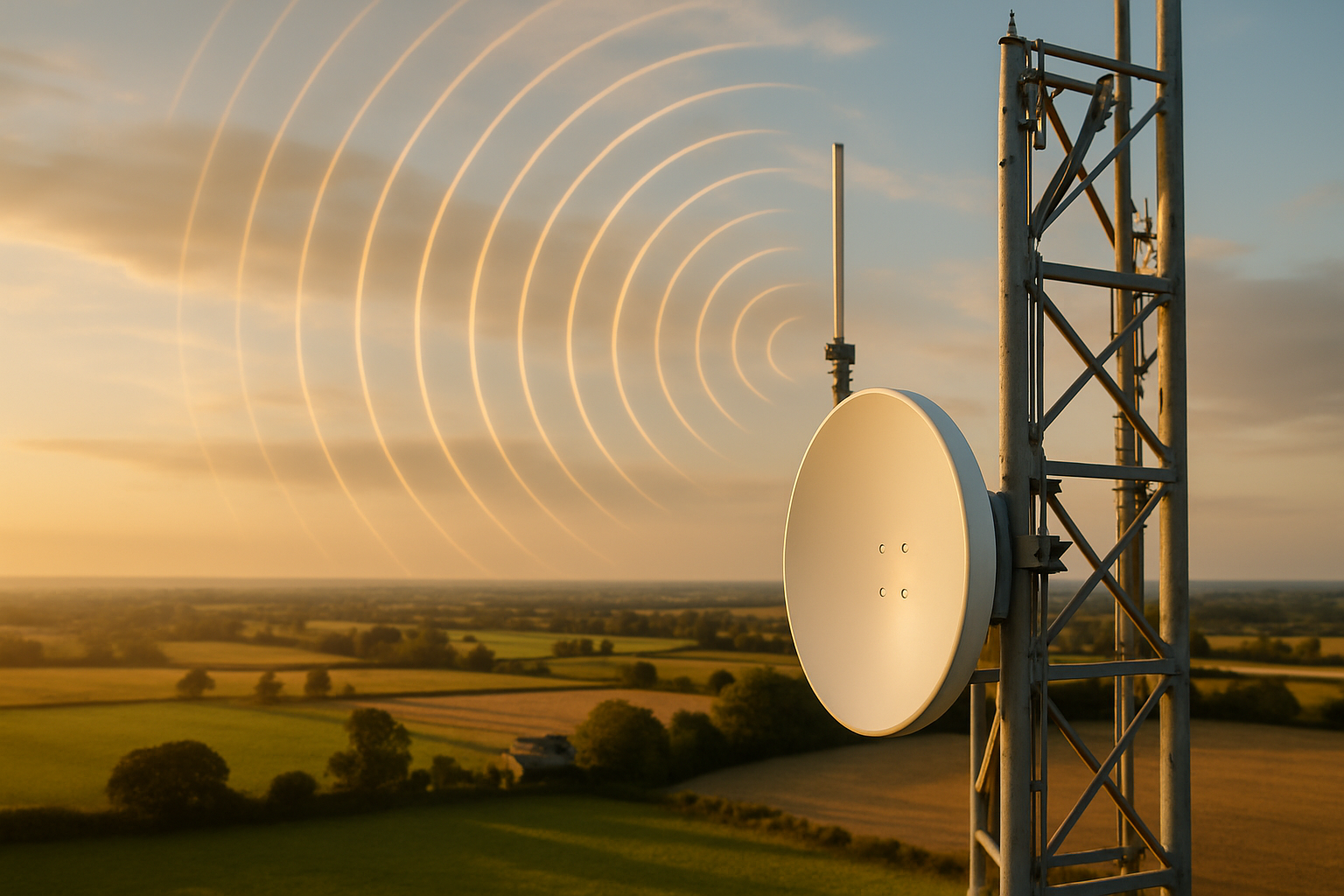Riding the Wave of Fixed Wireless Access: A Game Changer in Broadband Connectivity
The digital era has ushered in countless innovations, among which the advent of Fixed Wireless Access (FWA) is a remarkable one. With the potential to revolutionize the way we access the internet, FWA is steadily gaining traction as a viable alternative to traditional wired broadband. This article delves into the intricacies of FWA, its historical development, current trends, challenges, and practical applications.

The Genesis of Fixed Wireless Access
FWA technology has its roots in the early days of radio and television broadcasting. The concept involves using wireless communication links or radio signals to connect two fixed locations, such as a base station and the user’s premises. Over the years, FWA has evolved significantly, transitioning from analog to digital and expanding its reach and capabilities.
Fixed Wireless Access in the Modern Age
Contemporary FWA offers a compelling case for broadband connectivity, especially in areas where laying cables is impractical or costly. The advent of advanced wireless technologies has significantly enhanced FWA’s potential, making it a front-runner in the race towards universal internet access. The current trend sees a surge in FWA adoption, spurred by its ability to deliver high-speed connectivity over a large area.
Regulatory Landscape and Expert Insights
While FWA presents immense potential, its growth and adoption are influenced by varying regulatory landscapes across regions. Managing spectrum resources, ensuring fair competition, and addressing deployment challenges are areas of focus for regulatory authorities. Experts believe that with supportive policies and proactive measures, FWA can bridge the digital divide effectively.
The Impact of Fixed Wireless Access
FWA’s impact extends beyond providing internet access; it can drive economic growth, empower communities, and foster digital inclusion. However, the technology is not without challenges. Factors like signal interference, weather conditions, and installation complexities can impact its performance. Despite these hurdles, FWA’s potential as a viable broadband solution is undeniable.
Practical Applications of Fixed Wireless Access
FWA has diverse applications, ranging from providing broadband in remote areas to supporting enterprise networks. It can serve as a primary connectivity solution or act as a backup in case of cable network failures. With the advent of more advanced wireless technologies, the scope of FWA applications is set to expand further.
The world of telecommunications is constantly evolving, and Fixed Wireless Access is just one of the many innovations shaping our digital future. By understanding its potential and addressing its challenges, we can step closer to a world where high-speed internet is accessible to all.






